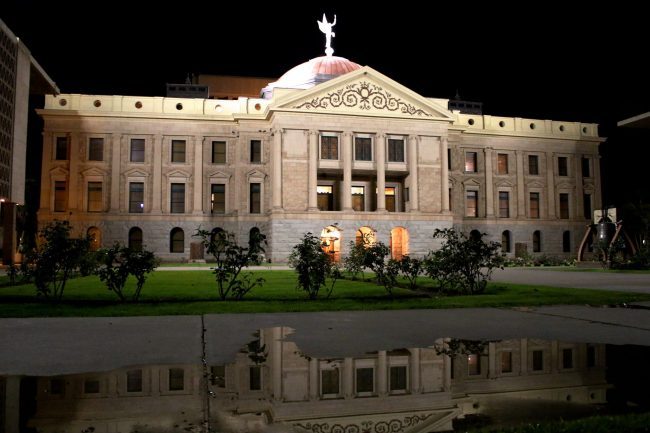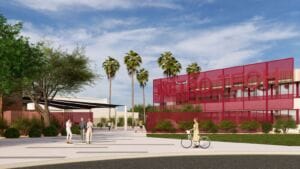The Arizona Legislature 2023 session has recessed and is expected to come back again July 31. Much has been accomplished focused on keeping the Arizona economy moving forward with investments. The legislature and Governor Katie Hobbs created new laws related to Transportation, Economic Development, Water, and Education. Unlike prior years, each legislator was given a sum of money to utilize on the projects that they felt were most important to their district or the state.
DEEPER DIVE: The new Phoenix groundwater model: What it means and what’s next
A fair amount of the funding was used for one-time transportation bills, such as alleviating the traffic back up at the Interstate 10 and Jack Rabbit Trail in the West Valley and the widening of the I-10 between Phoenix and Casa Grande.
Some appropriations relied on members combining a portion of their allocated funds. The most significant of these was the $250 million dollar child rebate to families for up to three children if they filed an income tax return claiming a dependent credit between 2019 and 2022 and satisfied other requirements. It provides a refund of some of the State’s $2.45 billion dollar surplus.
The legislature acted on a critical water topic and surprisingly reallocated $189 million from the $1 billion dollars that the 2022 Legislature allocated to the Water Infrastructure Financing Authority (“WIFA”). The funds would have gone to find a long-term solution to Arizona’s water needs through projects such as a desalination plant in the Sea of Cortez. Instead, those funds were allocated to fund smaller research projects with more immediate savings.
Another water bill passing this week and awaiting the Governor’s action solves the Rio Verde water shortage issue by requiring the adjacent city, Scottsdale, to implement a three-year intergovernmental agreement and create a standpipe district. This district will oversee the water management of the new water that Scottsdale delivers to Rio Verde. This law applies to all cities or towns that previously provided water service to houses in an adjacent municipality that no longer have enough water.
For education, there was an appropriation of $300 million in one-time funding for public schools to supplement the inflationary increase, totaling roughly 7 percent. Conversely, another bill eliminated $68 million that was awarded to top performing K-12 public schools based on student scores on statewide assessments.
Empowerment Scholarship Accounts, which were expanded in 2022 to include all students in the state, survived in the budget despite pressure from Democrats and the Governor’s desire to reduce these scholarships. They will cost approximately $900 million in FY 2024. Increased funding for universities and community colleges was minimally addressed in the budget compared to other years.
Vetoes by Governor Hobbs were the highest in the state’s history for a first year Governor at 111, a number that is expected to grow before the legislature adjourns. The number of vetoes greatly surpasses the last Democrat Governor, Janet Napolitano, who nixed 58 bills in her first year in office.
Among the Hobbs’ vetoed bills is one that would have banned photo radar on streets in order to assure safe driving. Another, which would have allowed for a court to consider the retroactive application of family support of the child and mother from the date that a pregnancy was confirmed by a licensed healthcare professional.
Among the bills passed just this week, and likely to be vetoed, is HB 2649 designed to address the health and safety of people living in street encampments. The bill places financial responsibility on the cities and counties to address these concerns if they fail to disband the encampment in a reasonable period.
Another veto is expected to occur immediately when the Governor receives legislation to extend the Maricopa County half-cent sales tax passed 20 years ago. It would send a ballot measure to the voters in Maricopa County to extend Proposition 400 before the current tax expires in 2025. It is estimated that the continuation of the half-cent sales tax would generate approximately $20 billion dollars to provide funding for the most important and expensive transportation projects in Maricopa County.
The Legislature plans to convene again on July 31st and could vote on a new plan with bipartisan legislation along with any other remaining high priority policy bills.
Author: Alexis Glascock chairs Fennemore’s government relations and regulatory practice group and oversees government relations in Arizona. Reach her at aglascock@fennemorelaw.com.




